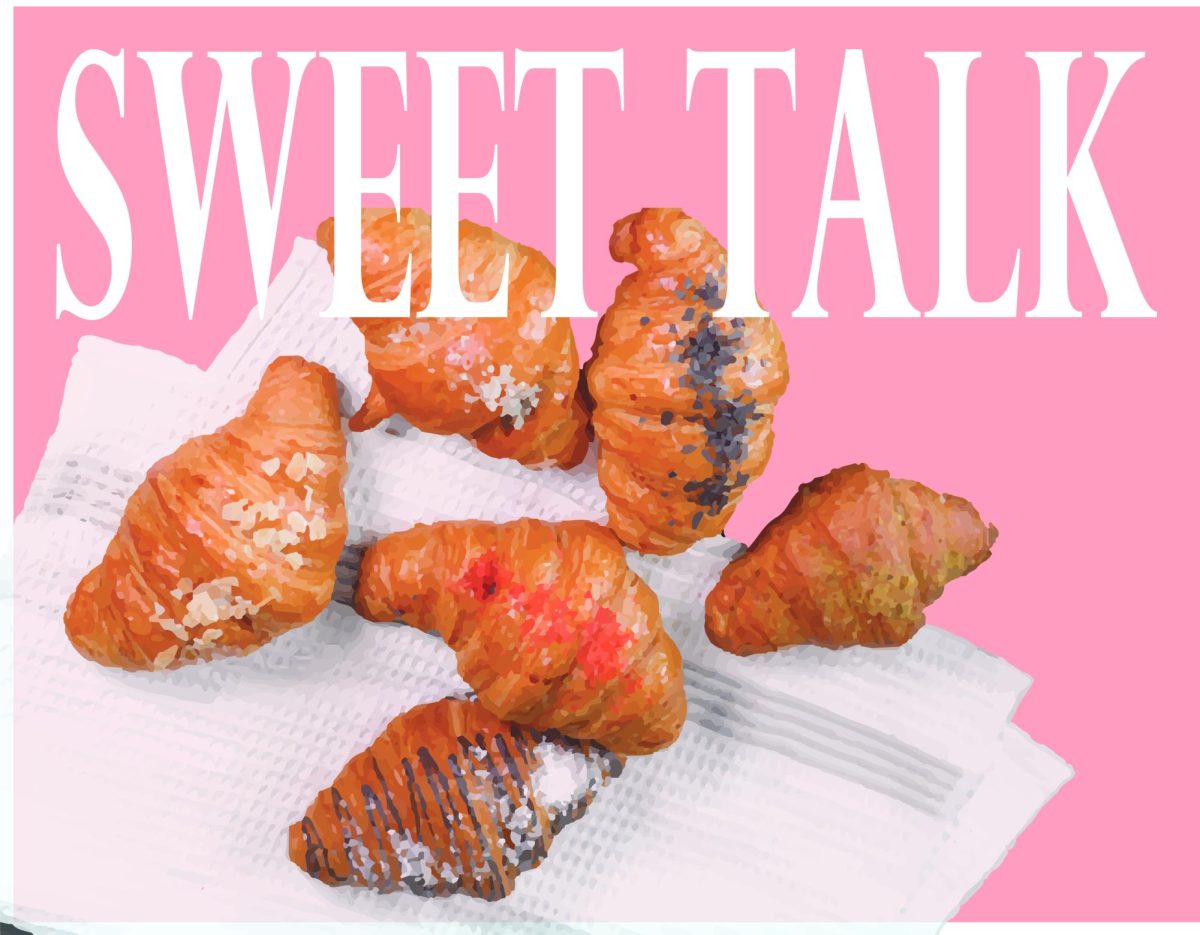EMI has attacked DJ Dangermouse, of the critically esteemed duo DM and Jemini (find a copy of their debut, Ghetto Pop Life, to see how good this guy is), after he released a limited (very limited, at only 3000 promo copies) pressing of his “art project/experiment” The Gray Album.
The concept is simple: blend two masterpieces — The Beatles’ White Album and Jay-Z’s Black Album. Instead of opting for a simple mash-up, like what is all the white-label craze right now (check out two of my favorite mash-up artists, Freelance Hellraiser and Lionel Vinyl online), Dangermouse strips Jay-Z’s a capella and completely revamps the Fab Four’s most fearless audio adventure into newly arranged beat-driven compositions. “While My Guitar Gently Weeps” seeps into Jay’s angry, driving, one-life-to-live rant “What More Can I Say” in a seamless mesh. The heavy-metal sludge riffage (one of the Beatles’ few excursions into sludge slam) of “Helter Skelter” will smash your woofers when combined with the bling-bitchin’ of “99 Problems.” And the mix-up, speed-thrash harpsichord splatter of “Piggies” propels “Change Clothes” into another plane of musical ingenuity altogether. Although you won’t be nabbing this gem at Target anytime soon, there are more than enough illegal (online) avenues by which you can collect these 12 tracks.
The Gray Album offers up some of the freshest sample-laden material since De La Soul’s 3 Feet High and Rising and the Beasties’ Paul’s Boutique. Sample laws, in an age where samplers and turntables are capable of generating (with the help of pure musicianship, not just technical know-how) exciting music, have become malignant restrictors of new and genuine art forms. This does create conflict, the driving force behind all expression. But we’ll get back to that later.
EMI is unfortunately not the root of all idea-killing, freedom-bashing evil. That honor belongs to the Recording Industry Association of America. Apart from still blaming digital piracy for CD slump sales even though Nielsen Soundscan reported that 2004 sales are up more than 10 percent from a year ago and continuing to rise, the RIAA has decided to screw even more music lovers and sued 531 more downloading dudes and dudettes for online copyright infringement. C’mon, guys. Even Lars says he doesn’t care anymore.
As long as Sam Goody (R.I.P. Record City) employees can still ask $18 for a Ruben Studdard album without passing out in laughter, the RIAA has no right to complain. It has rarely been the artists that complain about these things. When Negativeland got sued over their U2 album, which contained bootleg audio of Casey Casum swearing over a U2 track, neither Casey nor Bono got pissed, but their corporate reps dragged it into court.
Kids now equate copyright infringement with a law like jaywalking … but even less illegal. And there is something serious to say about this. If there hadn’t been a need for the music industry to rethink its structures and practices, then this would have never happened. It’s a small revolution against corporate greed. If the industry hadn’t been rotting from the inside out, Napster would have never found such a mass audience of devoted youth. It’s free-flow ideas, baby, and that’s where the conflict comes in.
Conflict is the basic ingredient for all artistic expression. Man versus nature, light versus dark, good versus bad. This is an all-encompassing rule. Theater critic Gregory Zilboorg wrote that “[the arts] transfer the fight and revolt of the Man into the realm of spiritual and intellectual values and thus become the greatest motive powers of what we may call our cultural progress.” In a 1929 essay on Dialectic (in general based upon the Hegelian Dialectic and Hegel’s ideas of advancement through negation), the famous Soviet montage filmmaker Sergei Eisenstein wrote: “Regularity, order, desire for perfection (which is always a false perfection) destroy art. The only possibility of maintaining taste in art is to impress on artists and the public the importance of irregularity.” Earlier in the essay, he states, “Art is conflict.”
Eisenstein’s words are not restricted to film, but encompass all media capable of expressing artistic thought. Dangermouse has no need to desire perfection (he himself calls The Gray Album an experiment), since the work is simply two masterpieces filtered through his viewpoint. And it garnered enough press to make itself known. There are so many levels of conflict that it really can’t be overlooked. The album itself is a binge in temporal and stylistic disunity. The album contains three major perspectives: two inner (The Beatles and Jay-Z, both of which can again be divided into separate points of view through musicians, producers and so on) and one displaced onlooker and interpreter (DJ Dangermouse).
EMI’s response and the online copyright infringing communities’ embracing of the album develop multiple sets of social and legal conflicts. And the flow of more illegal music on the Internet (The Gray Album could actually be classified as double-illegal [which starts to sound like Dean Wormer from “Animal House”] because it is illegal content in itself and it is also being distributed illegally) establishes an ideological class war between music moguls and freethinking download bandits. The Gray Album is rooted in conflict. It has ignited enough controversy that it has done its proper job. The next step should be huge.







